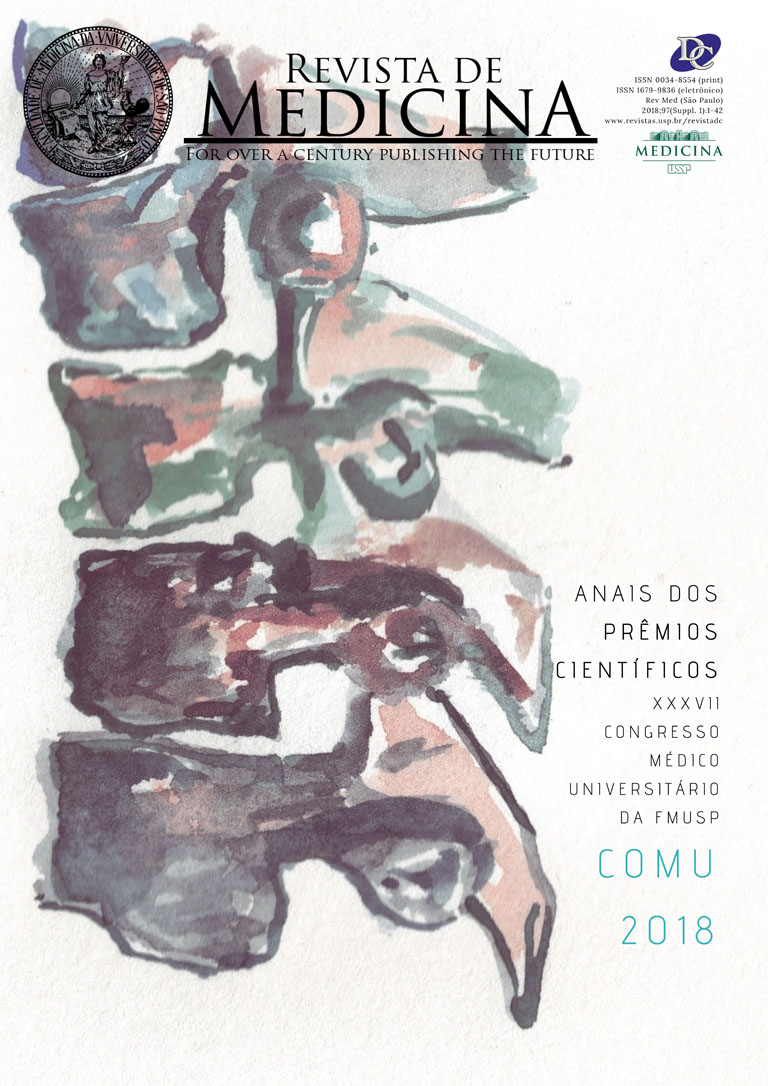Chemical components separation with the use of botulinum toxin A: a critical review for correction of ventral hernia
DOI:
https://doi.org/10.11606/issn.1679-9836.v97iSuppl.1p12-12Palavras-chave:
Toxinas Botulínicas, Herniorrafia, Hérnia Ventral, Hérnia Incisional, Reconstrução da parede abdominalResumo
Background: Ventral hernias are prevalent results in abdominal surgeries and may represent a surgical challenge in complex cases, mainly due to tension in abdominal wall musculature. Failure of surgical correction may lead to a more morbid treatment, in addition to a considerable socioeconomic impact. In order to have a lower risk of complications, the use of botulinum toxin A (BTA), may be a preoperative alternative to reduce abdominal wall tension by causing sustained and reversible paralysis. This critical review of the literature proposes to evaluate the adjacent use of BTA in surgical ventral hernias corrections.
Methods: Using the PubMed database, the keywords ‘ventral hernia’, and ‘botulinum toxin’ were searched using the Boolean operator AND. Articles were selected based on their relevance and updated information. The outcomes of interest included the change in ventral hernia defect width and in lateral abdominal wall muscle length, pain, hernia recurrence and complications.
Results: A total of 20 articles from 2009 to 2018 were found. We excluded some articles due to irrelevant technique, use of animal models and lack of outcome data. Reduction of the abdominal wall thickness increasing its length, less perioperative pain, hernia reduction and the correction with less tension were observed after the use of BTA injection. No complications occurred during applications.
Conclusion: The use of BTA seems to be a promising alternative in the management of ventral hernias due to its capacity of reducing tension in the abdominal wall. However, more studies are necessary to determine the efficacy of this method.
Downloads
Downloads
Publicado
Edição
Seção
Licença
Copyright (c) 2018 Revista de Medicina (São Paulo)

Este trabalho está licenciado sob uma licença Creative Commons Attribution-ShareAlike 4.0 International License.




